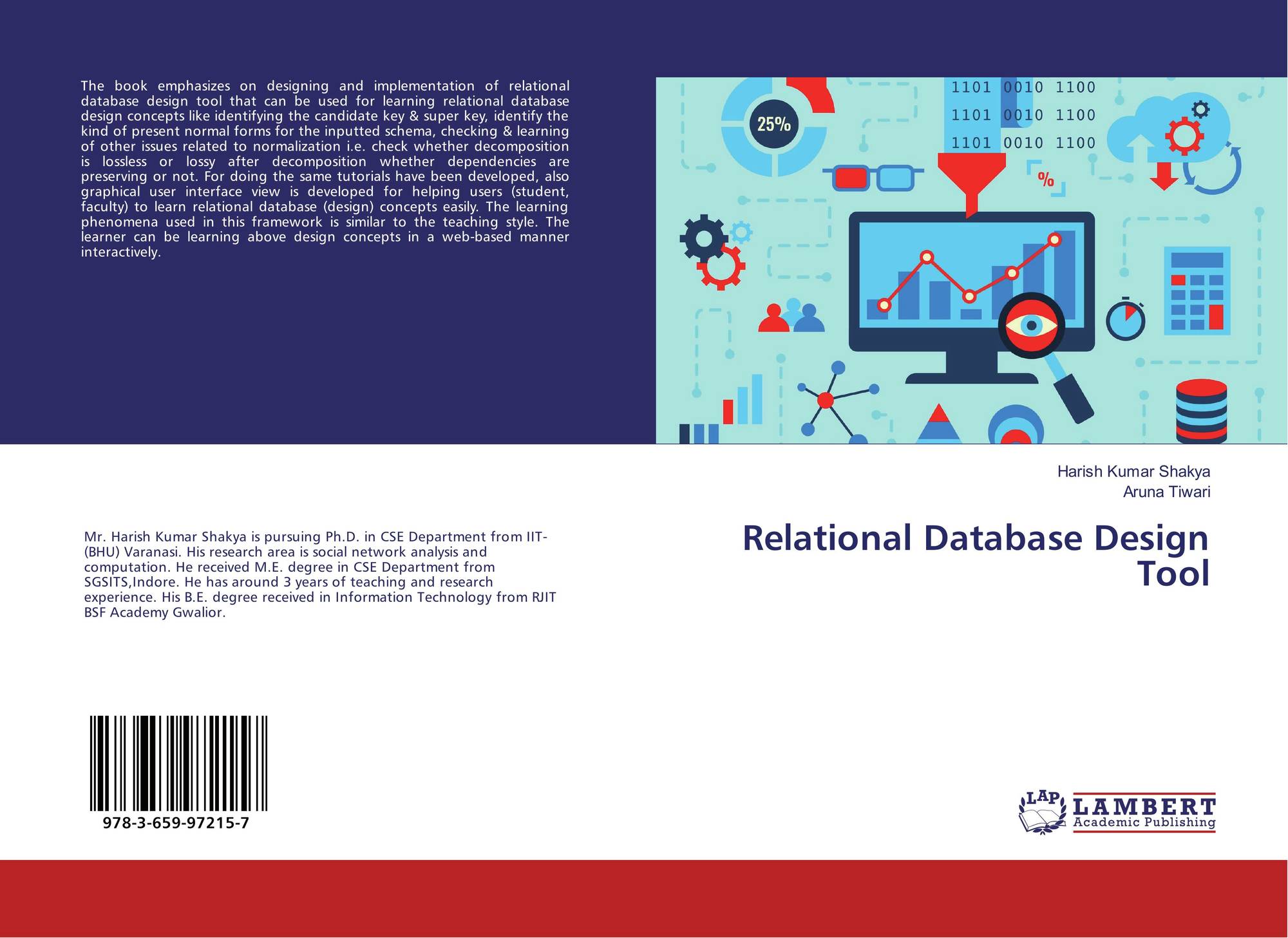Table Of Content

Gather the requirements and define the objective of your database, e.g. ... Other operators have been introduced or proposed since Codd's introduction of the original eight including relational comparison operators and extensions that offer support for nesting and hierarchical data, among others. A domain describes the set of possible values for a given attribute, and can be considered a constraint on the value of the attribute. Mathematically, attaching a domain to an attribute means that any value for the attribute must be an element of the specified set. The character string "ABC", for instance, is not in the integer domain, but the integer value 123 is.
Relational Database Concepts
Database management systems (DBMS) are computer programs that allow users to interact with a database. A DBMS allows users to control access to a database, write data, run queries, and perform any other tasks related to database management. Some databases limit the number of columns that can be created inside a table. You could use a one-to-one relationship to split the data into two tables.
Many-to-Many Relationship
One-to-one relationship is also useful for storing certain sensitive data in a secure table, while the non-sensitive ones in the main table. The most common definition of an RDBMS is a product that presents a view of data as a collection of rows and columns, even if it is not based strictly upon relational theory. By this definition, RDBMS products typically implement some but not all of Codd's 12 rules. The text is generally written in a very accessible way - it feels like it was written for humans. The middle section of the text is strongest, includes the best and clearest examples, and does the most to connect those examples to the text. The focus on definitions extends to the end-of-chapter exercises, which for much of the text consist heavily of definitions problems, although some later chapters include more application.
MySQL and PostgreSQL
Upon completing the course, your electronic Certificate will be added to your Accomplishments page - from there, you can print your Certificate or add it to your LinkedIn profile. In select learning programs, you can apply for financial aid or a scholarship if you can’t afford the enrollment fee. If fin aid or scholarship is available for your learning program selection, you’ll find a link to apply on the description page.
5 Free University Courses to Learn Databases and SQL - KDnuggets
5 Free University Courses to Learn Databases and SQL.
Posted: Tue, 05 Mar 2024 08:00:00 GMT [source]
Relationships are a logical connection between different tables (entities), established on the basis of interaction among these tables. These relationships can be modelled as an entity-relationship model. The text is clear and covers a fair amount of most of the topics commonly listed in introductory database systems courses in CS.
Relational database defined
In our brand table, the brand name is the primary key — the unique identifier for each record. In terms of sheer size, some databases have fixed limits on column lengths. If your database is built on a single dedicated server, scaling requires buying more server space, proving expensive in the long run. MySQL was developed as an open-source management system for relational databases until it was acquired by Sun Microsystems (now Oracle Corporation).
This is a design pattern where a single database table is used to store multiple types of related objects that share common attributes. However, STI is a technique used to represent a hierarchy of classes in a single table by using a column that indicates the type of each row. Thanks to their flexibility and design for data integrity, relational databases are still the primary way data are managed and stored more than fifty years after they were first conceived of. Even with the rise of various NoSQL databases in recent years, understanding the relational model and how to work with RDBMSs are key for anyone who wants to build applications that harness the power of data.
Relational vs Non-Relational Databases
In real life one client may have multiple offices, or they may have a large facility with multiple locations where different courses take place. We could easily handle this using an RDBMS, but for the sake of reducing complexity, we will assume each client has one location for their classes. It offers language classes for corporate clients, which can be conducted at the School or at the offices of the client as they prefer. The School employs teachers, each of whom may teach multiple courses. We are going to create a relatively simple database for a language school based in Berlin, Germany.
Key Principles Behind Effective Database Design
The relational model uses a collection of tables to represent both data and the relationships among those data. Each table has multiple columns, and each column has a unique name. Record-based models are so named because the database is structured in fixed-format records of several types. Each record type defines a fixed number of fields, or attributes. The columns of the table correspond to the attributes of the record type.
An audit log can also help troubleshoot and debug issues, by providing details and context about the events or actions. An audit log can be stored in various formats and locations, such as text files, databases, or cloud services. A materialized view is a pre-computed data set that is derived from a query and stored for later use.
The pace of development is so fast these days, students need to be as self-sufficient in their learning as possible, and I'm not sure that is practical with this text. I will have to supplement a bit to discuss data design for analysis that is fed from a operational database. The book's terminology is consistent with the one used in database systems. The book should have a chapter on NoSQL to make it more up-to-date with current trends in databases. The text generally sticks to timeless design principles, so little about the text comes off as dated.
You can, therefore, query the table to produce valuable reports, such as a sales reports by industry or company, which can inform messaging to prospective clients. For example, imagine your company maintains a database table with customer information, which contains company data at the account level. There may also be a different table, which describes all the individual transactions that align to that account. Together, these tables can provide information about the different industries that purchase a specific software product. The single and double lines here refer to the participation level of the entity in the relationship.
Some notable users of PostgreSQL include Reddit, Skype, and Instagram. When you enroll in the course, you get access to all of the courses in the Specialization, and you earn a certificate when you complete the work. DigitalOcean makes it simple to launch in the cloud and scale up as you grow — whether you're running one virtual machine or ten thousand. It includes a mix of conceptual articles and tutorials which provide introductions to various SQL concepts and practices. You can also use the entries in this series for reference while you continue to hone your skills with SQL. Alternative query languages have been proposed and implemented, notably the pre-1996 implementation of Ingres QUEL.

Participants in the courses are employees of the client companies, i.e. they work for the client companies. This is very useful as it means these tables are connected in a meaningful way and we can easily find the name of the contact person responsible for the ‘Luft Extreme Sneakers’, for example. We will look at how exactly this is done using SQL code later in this series. For the other tables, however, it would probably be better to make new fields that concatenate values from existing fields.

No comments:
Post a Comment